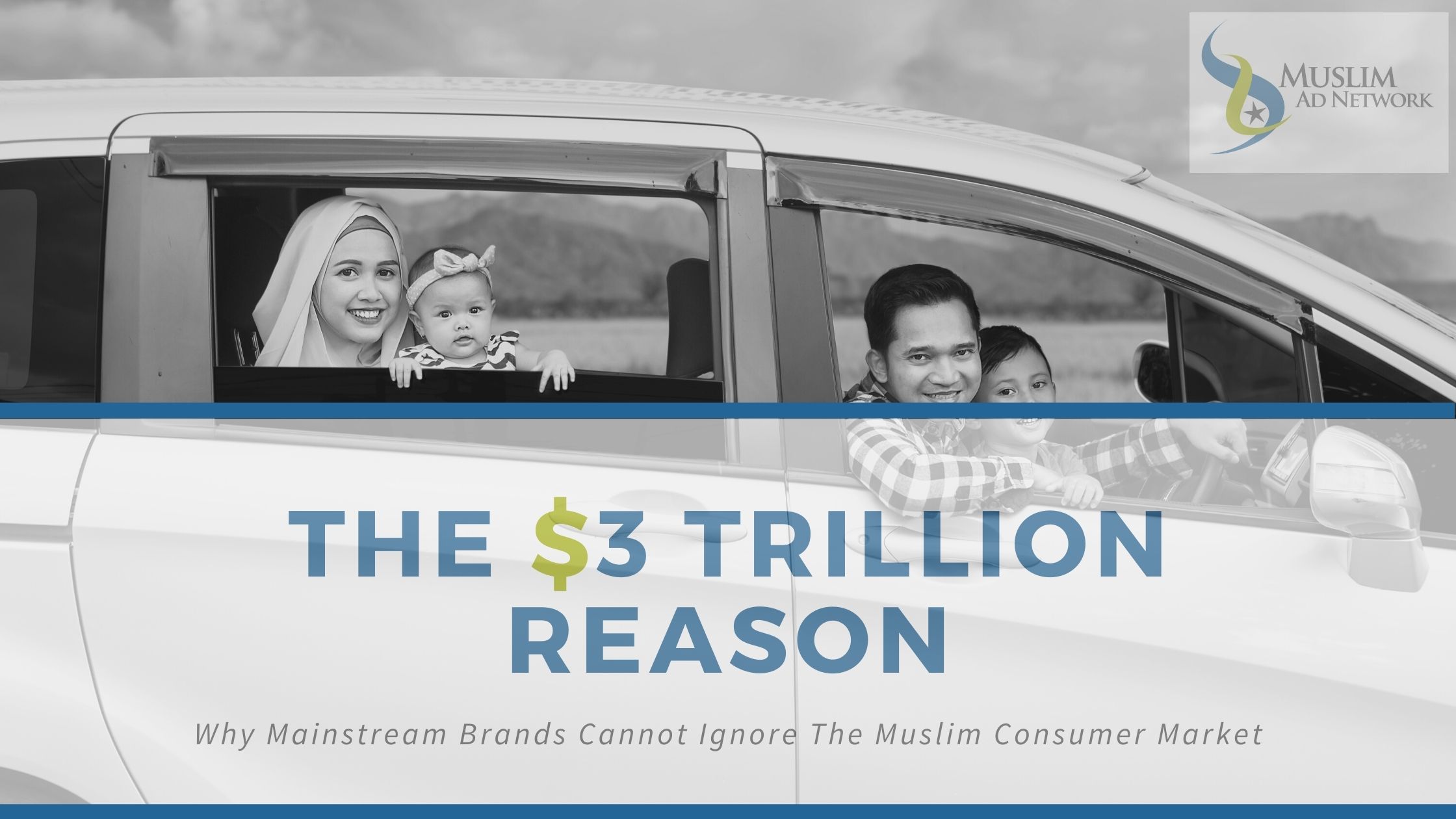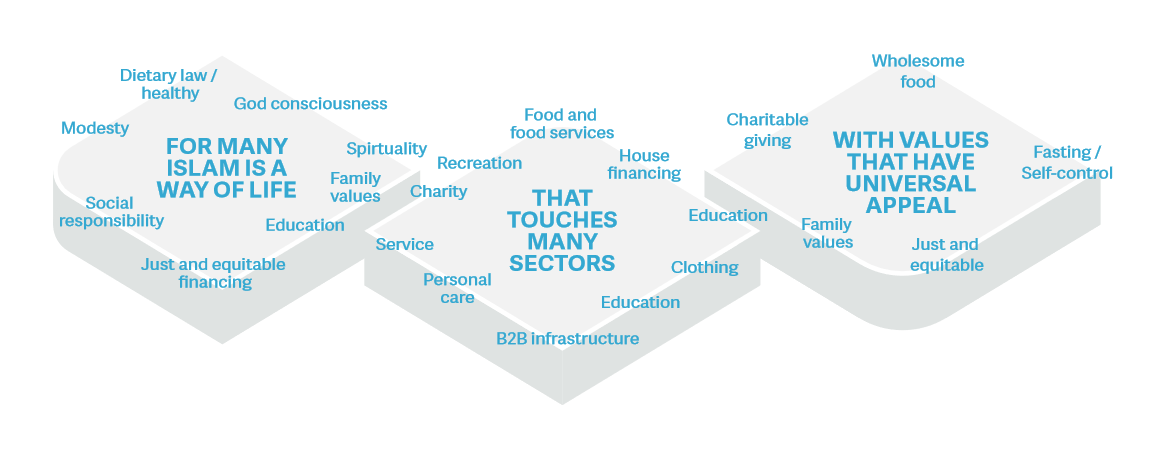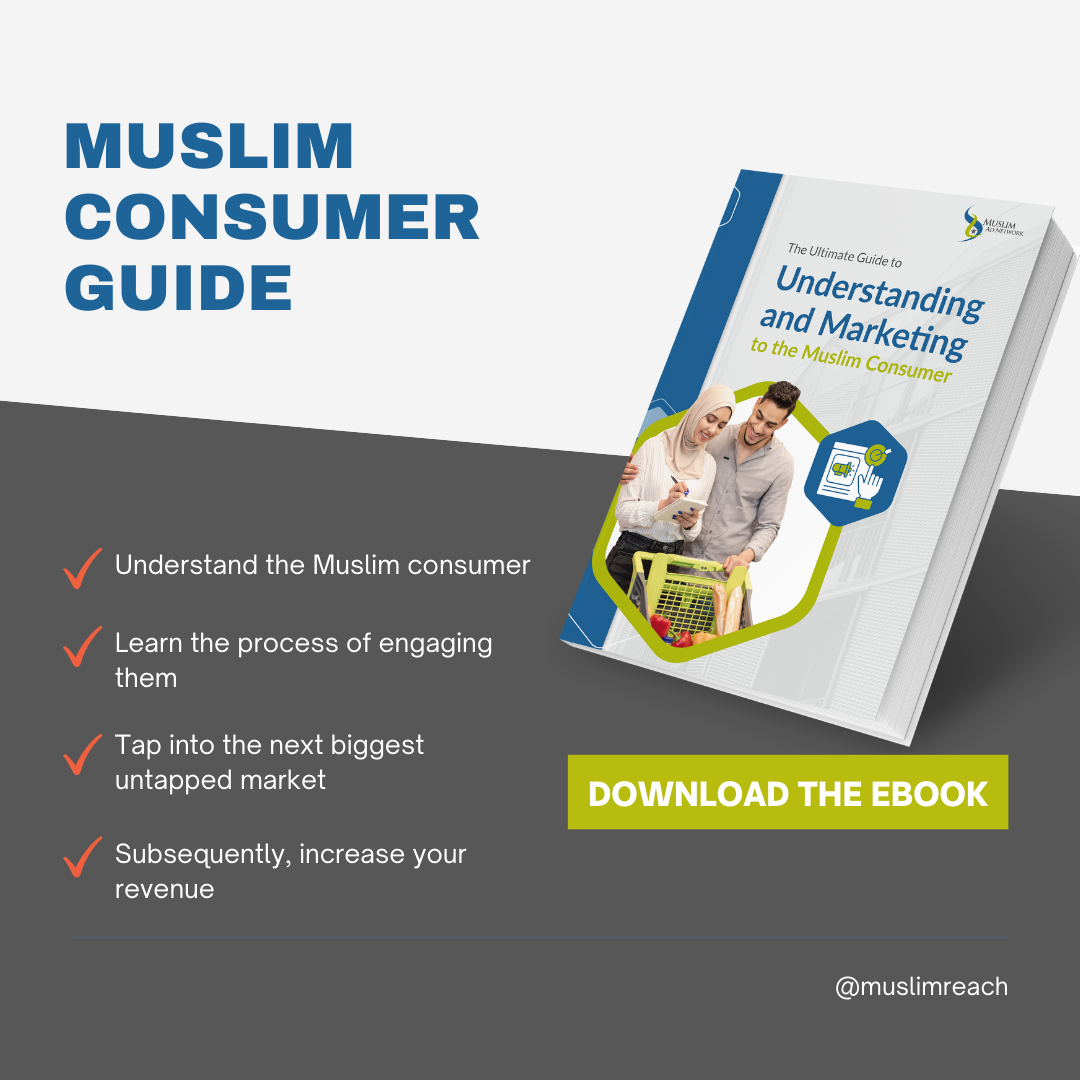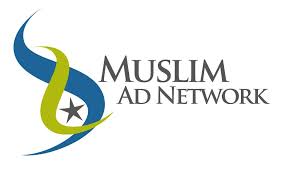
The Global Halal Economy is Heading Towards $3 Trillion in 2023
In 2018, the State of the Global Islamic Economy Report 2018/19 reported that in 2017, the global Islamic economy reached $2.1 trillion and is expected to reach $3 trillion in 2023.
The same report for 2020/21 defines “Islamic economy” as follows:
“Sectors comprising core products/services that are structurally affected by Islamic ethics and law. Islamic law, underlying the notion of “halal” or permissible, directly impacts the core products and services offered in a number of economic sectors, including food, finance, clothing, tourism, media and recreation, pharmaceuticals, and cosmetics.”

What is Driving Growth in the Halal Economy?
The Muslim Population Size and Growth Rate
The Muslim population is forecast to grow at about twice the rate of the non-Muslim population over the next two decades – an average annual growth rate of 1.5% for Muslims, compared with 0.7% for non-Muslims?
Source: Pew Research Center
This means that by 2030 more than a quarter of the world population will be made up of Muslims. Any business person will tell you that population growth is good for business, let alone the exponential growth that we are witnessing with the Muslim population.
In an article called Why Muslims are the world’s fastest-growing religious group, the authors explain that the Muslim population:
is expected to grow twice as fast as the overall world population, reaching 3 billion by 2060 (a 70% increase from 2015) and will represent 31.1% of the global population.
The Muslim Population is Young and More Aware of Its Islamic Identity
In a previous blog post – 6 Reasons Why Businesses Targeting Muslims Will Thrive in 2020 and Beyond – we highlighted that 66% of the Muslim population is made up of people under the age of 30. These young Muslims are looking for brands that understand their values and fulfill their aspirations as Muslims. This is an opportunity for your business to offer them a space to express themselves beyond the stereotypes.
Previous studies have emphasized the significance of self-concept and consumer preference, as purchases made by consumers were directly influenced by the image individuals had of themselves…
Source: Onkivist & Shaw, 1987- Journal of Consumer Marketing
Muslims are Getting More Digitally Connected
Just like everyone on the planet, COVID-19 is impacting Muslim consumer behavior too. The social distancing measures have contributed to more cross-border e-commerce and mobile-commerce.
This has added impetus to the demand for pragmatic, digital Islamic economy solutions. The demand covers various sectors from Islamic finance and halal food to Islamic lifestyle products and services.
Muslim Products and Ethical Consumption
The Islamic economy is based on values that are universal most of the time. These values appeal to ethical consumers.
According to Nielsen’s 2015 Global research, The Sustainability Imperative, 66% of consumers will pay more for ethical or sustainable products. Younger consumers – who we already mentioned, are 66% of the Muslim population- were even more committed, with 73% of millennials willing to pay more.
Top Global Brands Targeting Muslim Consumers
The Islamic economy space has witnessed the participation of top global brands in recent years. The likes of Deutsche Bank, HSBC, and MasterCard are now offering Islamic finance products. While Nestle, Carrefour, Walmart, and Whole Foods are providing halal retail products.
These are just a few of the many top global brands targeting Muslim consumers. This trend in particular underlines the importance of the Islamic economy space to the top global brands.
American Muslim Households Possess Approximately $200 billion in Spending Power
Pew Research Center stated that,
… the American Muslim demographic will grow from 2.6 million in 2010 to 6.2 million by 2030.
The American Muslim population is currently 7 million(see graph below).
What’s even more interesting for your business is their spending power. Pew Research Center adds:
Currently, American Muslim households have $170 to $200 billion in spending power.

If you are reading this, I want you to note the comparison with the Hispanic population 25 years ago in the graph above. In 1983 The New York Times published an article called “Courting the Hispanic Market” which stated that:
Now, scores of food, drink, and household products companies, including big names such as Anheuser- Busch Inc., the Timex Corporation, Pizza Hut Inc. and the McDonald’s Corporation, are increasingly aware of the Hispanic market.
This all sounds too familiar:
Under Armour and Tommy Hilfiger Launch Hijabs
How Muslim Culture Has Affected Nike’s Target Market
Today Inc. tells us that Brands that Ignore the Hispanic Market Won’t Survive.
As for the American Muslim consumer market today:
… advertising executives, used to dividing American consumers into every sort of category, say that ignoring this group – estimated to be about 5 million to 8 million people and growing fast – would be like missing the Hispanic market in the 1990s.
Source: New York Times, April 27, 2007
Surely, as a business, you want to stay ahead of the curve. When it comes to the Muslim consumer, you do not want to be grappling for their attention at a time when the Muslim consumer market is saturated with your competitors.
Now is the time to act!
Before we move further, make sure you download The Ultimate Guide to Understanding and Marketing to the Muslim Consumer. Your brand’s guide on breaking into one of the fastest-growing untapped consumer markets in the world.

Muslim Spend on Food Increased by 3.1% in 2019 to $1.17 Trillion
The State of the Global Islamic Economy Report 2019/20 found that Muslim consumer spending on halal food is currently worth $1.37 trillion, and will reach $1.97 trillion by 2024.
The COVID-19 pandemic has created difficulty for global food production and distribution, and the halal food sector is no exception.
Despite this global setback, Muslim spend on halal food in 2020, was forecasted to drop by just 0.2%.
The same report for 2020/21 mentions that the United States is among the top 3 exporters of halal food to OIC (Organization of Islamic Cooperation) countries:
- Brazil ($16.2 billion)
- India ($14.4 billion)
- USA ($13.8 billion)
Also, Muslims living in the United States were found to spend approximately $20 billion on food and beverage products annually according to Dinar Standard, 2015; IFANCA, 2017.
Over to the United Kingdom, Salaam Gateway reports:
UK Muslims contributed an estimated 31 billion pounds ($46.5 billion) to the national economy in 2014, according to the Muslim Council of Britain. Of this, Muslim household expenditure on food and beverages was an estimated $6.3 billion in 2014 with 5 percent CAGR (Compound Annual Growth Rate) to 2020.
Real opportunities exist for multinationals and private equity firms to acquire existing halal food companies and create leading global brands, with Muslim spend on food and beverage expected to reach $1.9 trillion by 2021.
Source: Thomson-Reuters
Muslims Will Spend $361 Billion by 2023 on Modest Fashion
According to Reuters, Muslim consumers spent about $270 billion on modest fashion in 2017, compared with $243 billion in 2015. Sales of modest fashion are expected to grow even more in 2023, reaching $361 billion.
However, the State of the Global Islamic Economy Report 2020/21 puts apparel and footwear spending by Muslim consumers worldwide at $277 billion in 2019, (growth of 4.2% from 2018).
Due to the COVID-19 crisis, this report estimates 2020 Muslim consumer spend will experience 2.9% fall to $268 billion. Muslim consumer spend on apparel and footwear is expected to grow at a 5-year CAGR of 2.4% and reach $311 billion by 2024.
Despite the negative impact of the COVID-19 crisis on the global fashion industry,
…new launches took place, and online sales gained heightened importance, particularly for fledgling and emerging brands. Brands were also keen to expand new product lines, especially sportswear geared at the modest fashion segment.
Source: State of the Global Islamic Economy Report 2020/21
The Lyst’s Year in Fashion 2019 report explains that internet searches for modest fashion increased by 90% in 2019. In one of our previous articles – What is Modest Fashion and Why is it Becoming Mainstream?, published in 2019, – we mentioned that when we do a quick search on modest fashion through Google, we get 192 million results. Today that number is 234 million results.
The increase in popularity of modest fashion is reflected in mainstream brands like Tommy Hilfiger and Banana Republic adding the hijab to their collections. Meanwhile, fashion magazines such as Cosmopolitan have showcased the designs of Safiyya Abdallah’s range, Dulce.
The popular hijab brand dUCk collaborated with Disney for a second time on its Frozen 2 hijab collection. The products sold out online an hour after going live.
There is no longer any doubt that what used to be called “modest” dressing — clothes sensitive to religious requirements more than fashion — has become a part of the mainstream trend.
Source: Yasmin Dewan – The New York Times
Other Industries
Other industries mentioned in the State of the Global Islamic Economy Report 2020/21 are also expected to grow strongly.
Islamic Finance
In 2019, the value of Islamic finance assets increased by 13.9% from $2.52 trillion to $2.88 trillion. It is expected to grow at a 5-year CAGR of 5% from 2019 onwards to reach $3.69 trillion by 2024.
Muslim-Friendly Travel
Muslim-friendly travel or halal tourism as it’s alternatively known grew by 2.7% in 2019 to $194 billion from $189 billion in 2018. Muslim-friendly travel is expected to grow at a 5-year CAGR of 1.4% from 2019 to 2024.
Halal Pharmaceuticals
Halal pharmaceutical spend grew by 2.3% from $92 billion in 2018 to $94 billion in 2019. Muslim consumer spending in this sector is expected to increase at a CAGR of 2.3% from 2019 onwards to reach $105 billion by 2024.
Halal Cosmetics
Muslim consumers worldwide spent $66 billion on halal cosmetics in 2019, a growth of 3.4% in 2018. This is expected to grow and reach $76 billion by 2024 at a 5-year CAGR of 2.9%.
Islamic-Themed Media and Recreation
Muslim spend on media and recreation jumped by 3.7% to $222 billion in 2019 from $214 billion in 2018. Spending on Islamic-themed media is expected to grow at a rate of 3.9% to reach $270 billion in 2024.
Other Reasons Why Mainstream Brands Should Target the Muslim Consumer Market
Avoiding the Churn
Apart from the promising statistics mentioned, mainstream brands should consider the Muslim consumer market to avoid churn.
Mark J Perry – economics professor and AEI scholar – wrote an article in 2017 called “Fortune 500 firms 1955 v. 2017: Only 60 remain, thanks to the creative destruction that fuels economic prosperity”.
In it, he explains that only 60 companies that appeared in the 1955 Fortune 500 list were still on the list in 2017. That is fewer than 12%. The remaining 88% either went bankrupt, got acquired by other firms, or merged with other firms. Some still exist but have fallen out of the list.
He adds,” It’s reasonable to assume that when the Fortune 500 list is released 60 years from now in 2077, almost all of today’s Fortune 500 companies will no longer exist as currently configured…”.
In fact, after Muslim Ad Network talked to him, he confirmed that he was updating the list for 2020, based on the Fortune 500 list that was released for the end of the fiscal year January 31, 2020). The list was released mid-May 2020.

You can see right away that the numbers have dwindled even further with only 51 companies remaining that were also on the list in 1955.
The following point is what makes the churn relevant to our discussion:
Mark J Perry states that if we imagine a company’s annual sales revenues to be the number of “dollar votes” it gets every year for the goods and services it provides to customers, it would mean that “Fortune 500 companies represent the 500 companies that have generated the greatest dollar votes of confidence from us as consumers”.
Basically, consumers have the ultimate say as they are the ones with the dollar votes.
In order to keep generating the most dollar votes, your business needs to keep tapping into the next growth market while keeping loyal customers.
The Muslim consumer market is not only untapped but is also young and is growing fast as mentioned earlier under the heading “What is Driving Growth in the Halal Economy?”.
This means that getting the Muslim market “dollar votes” in the coming years is one of the things you seriously need to consider for your brand to avoid churn.
As we discussed earlier, today’s young generation is looking for brands that speak to their values. One can argue that this is stronger within the Muslim consumer market. Research shows that young Muslims are loyal to brands that talk to them.
Having young loyal customers is also a big win when it comes to avoiding churn. This is the case today and will be so for a long time. Definitely beyond 2077.
Therefore, brands should definitely make targeting the Muslim consumer part of their long-term dollar-vote strategy.
Room for Innovation
When Steve Jobs was asked about Apple almost going bankrupt before returning to the company he answered:
“And so the way out for Apple — and I think Apple still has a future; there are some awfully good people there and there is tremendous brand loyalty to that company — I think the way out is not to slash and burn, it’s to innovate. That’s how Apple got to its glory, and that’s how Apple could return to it.”
There is plenty of room for innovation in the Muslim Market. Europe, for example, has still not embraced Islamic Finance and within the Islamic Finance market, there are plenty of essential products like halal insurance and halal mortgages that are not being offered despite the demand.
These are basic products that are not available to Muslims readily; we have not even touched on innovation yet. However, young Muslims are moving into the Fintech scene in Europe to cater to an underserved market.
Businesses need to work closely with those who possess knowledge of Islamic Law and an understanding of what Muslims value for innovation to prevail. However, if done right, brands that do so will have a first-in-market advantage through their innovative Shariah-compliant products. Be it financial products, sports, medical, or technological; you name it.
The economy has already decided where the next growth market will be. Mainstream brands may not have a choice in the end but to put serious consideration into targeting the Muslim consumer market. The question is whether their brand will be one of the early entrants or a follower.
Hope this convinces you about the lucrativeness of the Muslim market. Muslim Ad Network can help you reach millions of North American and Global Muslims today.
start targeting muslim consumers
